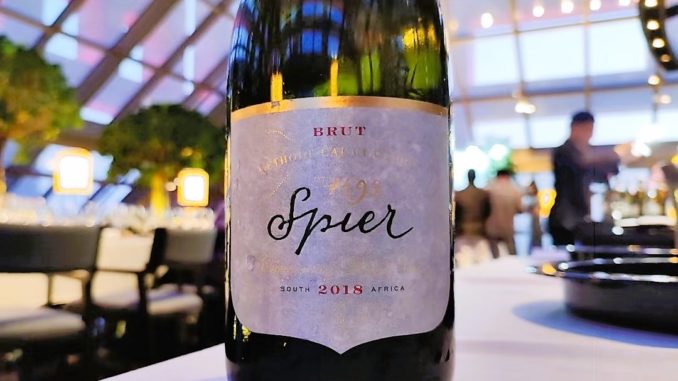
It had been ages since I attended a wine dinner–other than my own Grape Wall of China get-togethers–so the recent Spier event in Beijing was a treat.
Spier has ranked among my favorite South African wineries for years, thanks to their elite Chenin Blanc. I have had ample chances to taste it, too, as one of the importers is linked to the winery Martin in Huailai County, just outside Beijing.
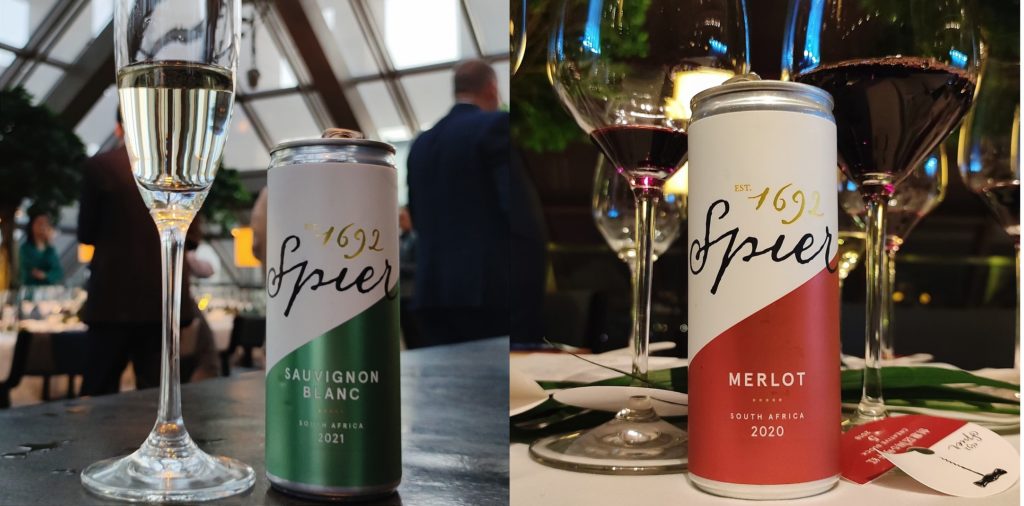
We *Can* Do It
Before I get to the tasting, a nod to Spier’s canned wines. We see a growing number of canned wines in the market, with the quality ranging from delectable to downright nasty. Both Spier’s Sauvignon Blanc and Merlot rank very much in the former camp. (The Sauvignon Blanc is softer and less gregarious than some of the takes on this grape.)
At 250 ml per can—roughly two glasses / one-third of a bottle—it’s an ideal size for a Didi ride during a traffic jam, for glamping or for getting a slight buzz while watching a movie.
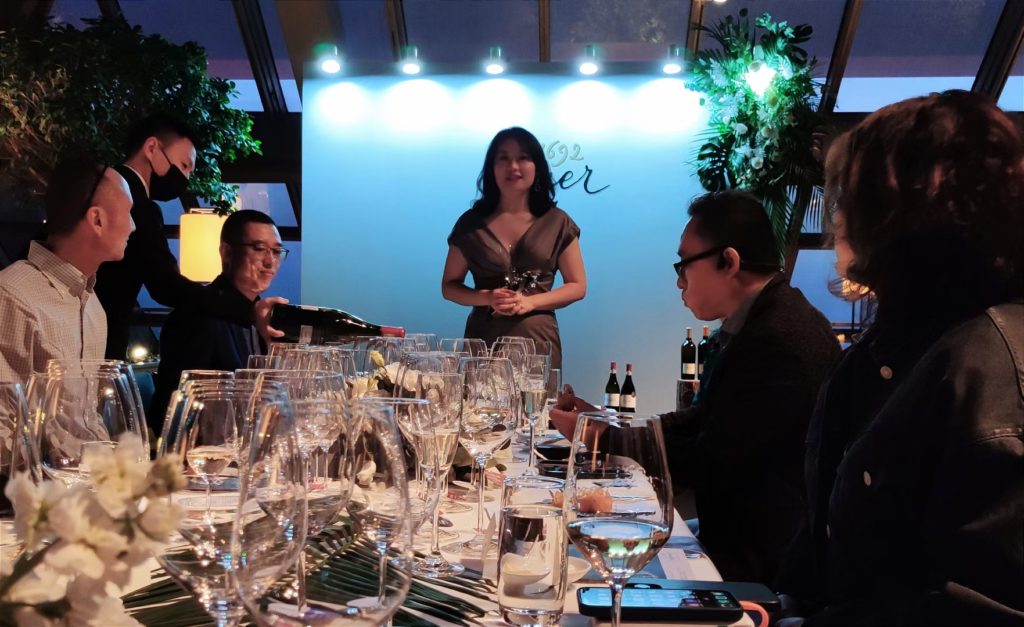
Anyway, the dinner was part of a multiweek China tour by Spier sales director Danie de Kock, Henriette Jacobs, who I have known nearly a decade, and Allyson Hu, who escaped Treasury Wines (my words, not hers) to become China rep.
(Thanks to Tommaso, the king of gelato in Shenzhen, for giving Hu my contact details.)
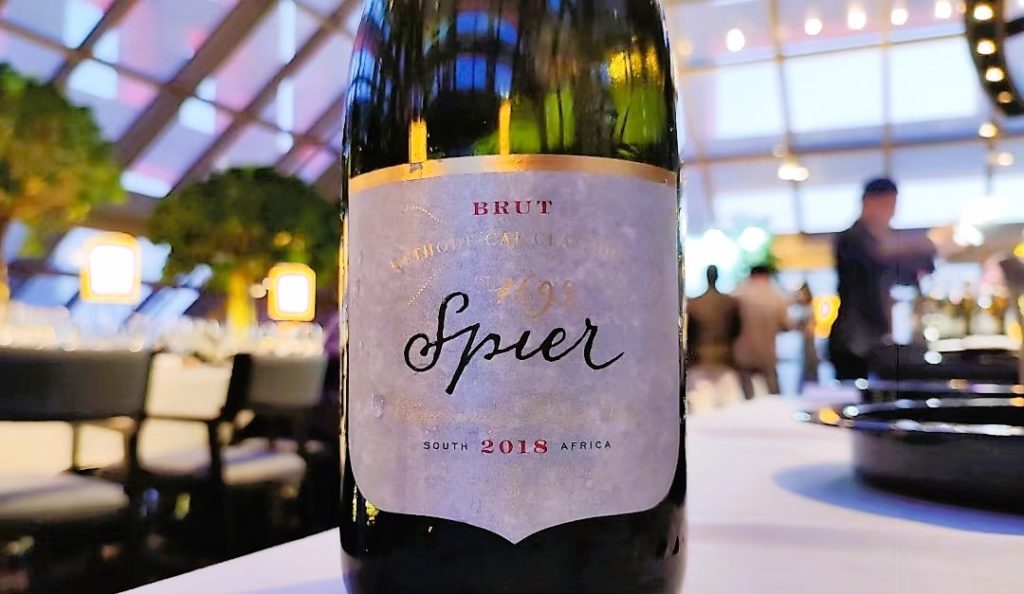
Beginning with Bubbly
We began with Cap Classique 2018, a traditional-method bubbly with a pleasing richness and nutty toasty biscuit-y notes. (As de Kock said, this is more Bollinger than, say, Veuve Cliquot.) And might have been my favorite of the night, with its fullness and richness pointing to a general theme among Spier wines.
We had a pair of whites: the well-known 21 Gables Chenin Blanc, with compelling acidity, and aromas and flavors from buttered popcorn to mature ripe orchard fruit, and Frans K Smit White, a blend of Sauvignon Blanc (65%) and Semillon (35%) aged in 2500-liter barrels to give it roundness, weight and complexity.
(This last one seems like a love-it or hate-it wine — I’m in the former group and I think skin-contact wine fans will like it best, too.)
On to the Reds
For reds, we tried two vintages from the Creative Blocks series side by side. The 2017, a blend of Syrah, Mourvedre and Viognier, had fresh dark fruit, oak notes, a touch of spice / pepper and, said De Kock, truffle (I can see that). The 2018 was a vibrant five-grape Bordeaux-style blend with darker fruit, nice toastiness and hints of black licorice.
Of our last two wines, one featured South Africa’s signature grape, Pinotage. This one was juicy and ripe with dark fruit (think black cherry) and restrained tannins that made it a delight to drink. Fun wine.
Last was a Franz K Smit red blend, named for a former cellar hand turned managing director. A boisterous wine with wild dark berries (I wrote down ‘mulberry’ though I’m not even sure when I last had one), a hint of graphite and some oaky edginess. Again, bigger fuller flavorful wines.
If someone seeks a starting point for Spiers’ portfolio, I’d suggest the Pinotage and the 21 Gables Chenin Blanc—plus a couple of those canned wines.
All in all, a smart bunch of wine twosomes paired with Western cuisine at China Grill in the Park Hyatt with broad views of the city beyond. I’m looking forward to future vintages of Spier wines, whether in bottle or can.
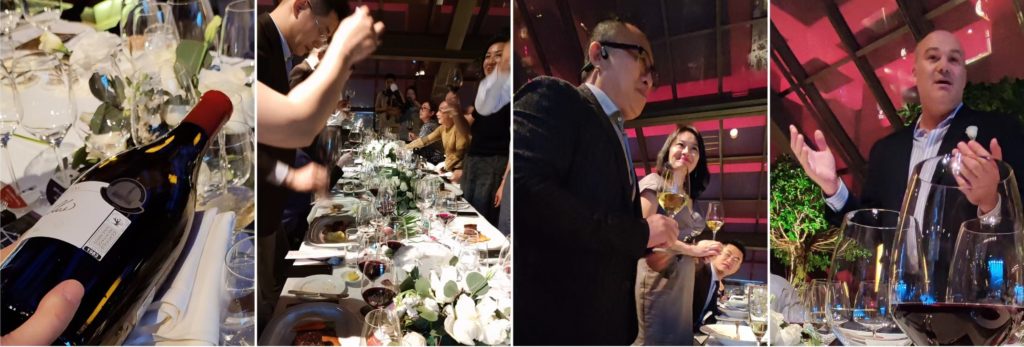
Grape Wall has no sponsors of advertisers: if you find the content and projects like World Marselan Day worthwhile, please help cover the costs via PayPal, WeChat or Alipay.
Sign up for the free Grape Wall newsletter here. Follow Grape Wall on LinkedIn, Instagram, Facebook and Twitter. And contact Grape Wall via grapewallofchina (at) gmail.com.

Leave a Reply
You must be logged in to post a comment.